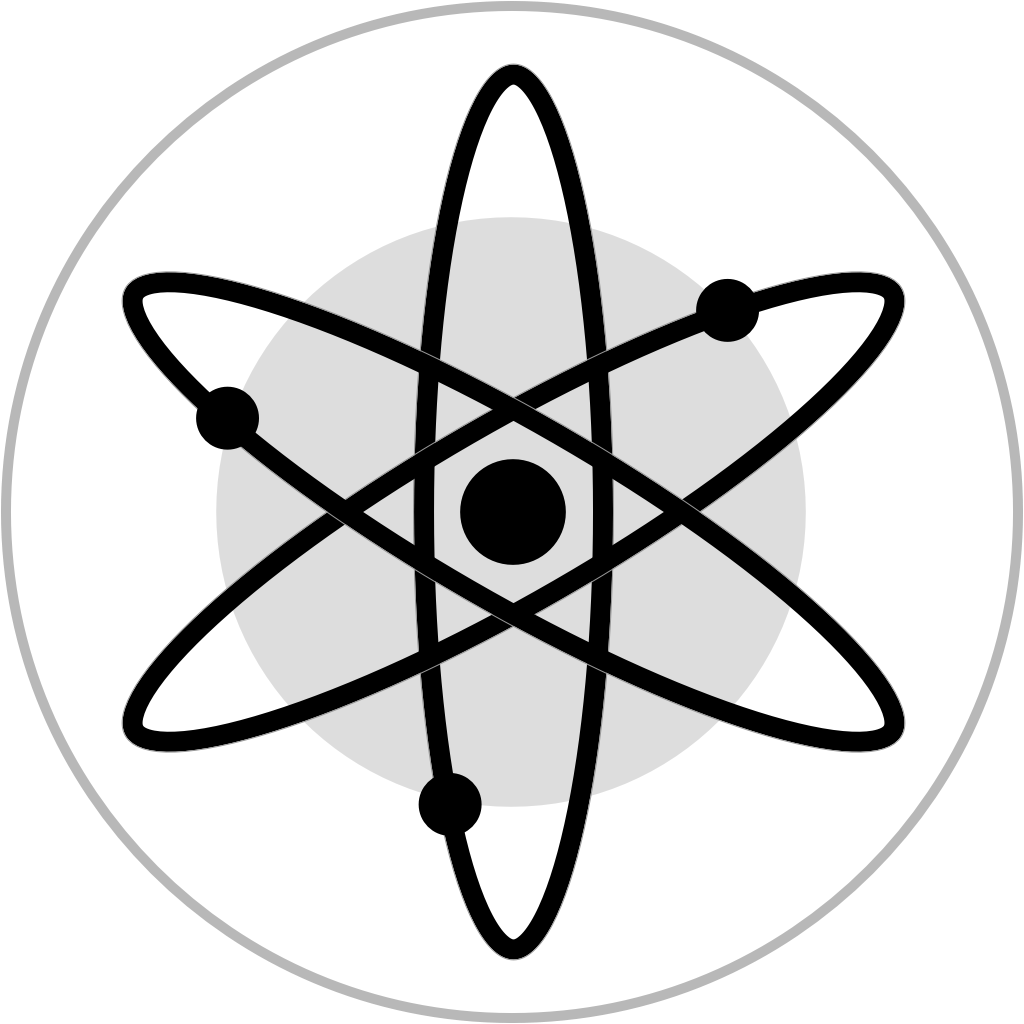As the next in our series of deep dives into tokens, Cosmos is a decentralized network of independent parallel blockchains powered by byzantine fault tolerant consensus algorithms. They want to build the Internet of Blockchains so that different chains can interoperate and allow users to transfer information of any kind across them.
Three separate organizations maintain the project. The Interchain Foundation is the top-level non-profit that oversees the whole project. At the same time, there is also the Iris Foundation, which is another non-profit that is overseeing the creation and implementation of the IRISnet Hub. Finally, the Interchain Foundation contracts out parts of the development of Cosmos to All in Bits Inc., otherwise known as Tendermint, which also supplies the BFT Proof of Stake consensus algorithm that underlies Cosmos.
Cosmos was started by the CEO of Tendermint Jae Kwon, and its CTO Ethan Buchman. Cornell-graduate Jae Kwon developed the fundamental consensus technology to mitigate risks associated with the Byzantine General’s Problem along with Buchman. He also had previous experience working at Yelp and Scramble.io. Buchman studied as a biophysicist at the University of Guelph before beginning work on blockchain technology.
Raison d’être
Before the Cosmos Network launched, blockchains had no way of connecting to each other. They were challenging to build and had a low throughput rate, making them unable to scale with the world’s need for them. Cosmos solves these issues with a new paradigm, which will allow blockchains to enter the mainstream.
Previous blockchains like Ethereum also provided applications with a sovereignty tradeoff in that they force them to operate inside the same environment. This essentially creates two layers of governance, that of the application and that of the underlying environment, with the former being limited by the latter.


Building a blockchain used to require building networking, consensus, and application functionalities all from scratch. Then Ethereum made blockchain application development more accessible with a virtual machine and smart contracts, but building blockchains still remained difficult.
Cosmos’ vision is to make it easy for developers to build blockchains, removing barriers between them, so that they can transact with each other. With Cosmos, blockchains can keep their sovereignty while being connected to an ecosystem of different chains and have the ability to scale up with their users.
Cosmos Architecture
Cosmos is achieving this vision with a set of three open-source tools—Tendermint, Cosmos SDK, and IBC—that will allow people to build custom, scalable, interoperable, and secure blockchain applications quickly.
Tendermint BFT
Tendermint BFT combines the networking and consensus layers of a blockchain into a generic component so that application developers can focus on their code rather than the intricacies of the underlying protocol. The engine connects to the application through a socket protocol that Cosmos has also developed termed the Application Blockchain Interface (ABCI), which allows developers to use any language they want to build their applications.
Since Tendermint BFT only handles the networking and consensus layers, developers can build both public and private blockchains on top of it. It also offers up to 1 second block times to handle thousands of transactions per second. The engine also provides instant transaction finality, so forks are never created as long as more than a third of validators act honestly, and users can be assured that their transactions are finalized the moment the block containing it is published. This is very different from probabilistic finality offered by Bitcoin and Ethereum.
Cosmos SDK
The Cosmos SDK is a generalized software development framework making it easy for developers to build secure applications on top of the Tendermint BFT engine. They want to create a modular ecosystem that gives developers pre-built components, so they don’t have to code every piece of their application from scratch. Developers can also create new components and share them, so as the network grows, a robust and diverse set of modules are available for developers to take advantage of.
Inter-Blockchain Communication Protocol
The IBC is a protocol allowing blockchains to connect with one another in a standardized fashion. It leverages the instant finality property of the Tendermint BTF consensus engine to enable different chains to transfer tokens or data to each other.
For a blockchain to be compatible with the IBC protocol, it only needs to have fast finality; however, this means that proof-of-work chains like Bitcoin and Ethereum do not qualify. Chains that follow the IBC protocol also have their own set of validators to agree on the next block to commit to the chain, so as to maintain their sovereignty. This is very different than the proposed Ethereum 2.0 architecture where a common set of validators will run all applications.
Hubs and Zones
To connect the blockchains through IBC, Cosmos has developed a modular architecture with two different types of blockchains: Hubs and Zones. Zones are regular blockchains while Hubs are the chains specially designed to connect Zones together. When Zones create an IBC connection to a Hub, they can automatically connect to every other Zone connected to the Hub.
The first Hub is the Cosmos Hub, which launched with the network launch in March of 2019. The Cosmos Hub is a public blockchain using a Proof-of-Stake variant of Tendermint BFT consensus with a native staking token called ATOM.
Not one token, but many
Cosmos aims to become the Internet of Blockchains with an extensive network of many blockchains interacting with each other. These chains can have as many tokens as they deem fit for their use cases. The Cosmos Hub uses ATOMs, which have three use cases: as staking tokens, as a spam-prevention mechanism, and a governance voting mechanism.
ATOMs are used to pay fees so that malicious actors cannot spam the system with transactions to slow the network down. They are also bonded in order to earn block rewards as a validator. The act of bonding ATOM also acts as a security mechanism, as the greater the number of ATOM collateralized, the more skin in the game there is, and thus, the higher the cost of attacking Cosmos. Finally, ATOM holders can participate in the governance of the Cosmos Hub by voting on proposals with their bonded ATOMs.
The Interchain Foundation distributed 5% of the ATOMs to its initial donors, 10% to themselves, 10% to All in Bits Inc., and the remaining 75% to those who bought ATOM during private and public fundraisers. The inflation rate of the ATOM supply will be between 7% to 20% per year depending on the proportion of ATOMs that are bonded.
Conclusion
Cosmos is a next-generation blockchain network that connects blockchains together to allow them to communicate unhindered. They also have made it easier than ever before for blockchain developers to spin up their own chain and build decentralized applications on top.











